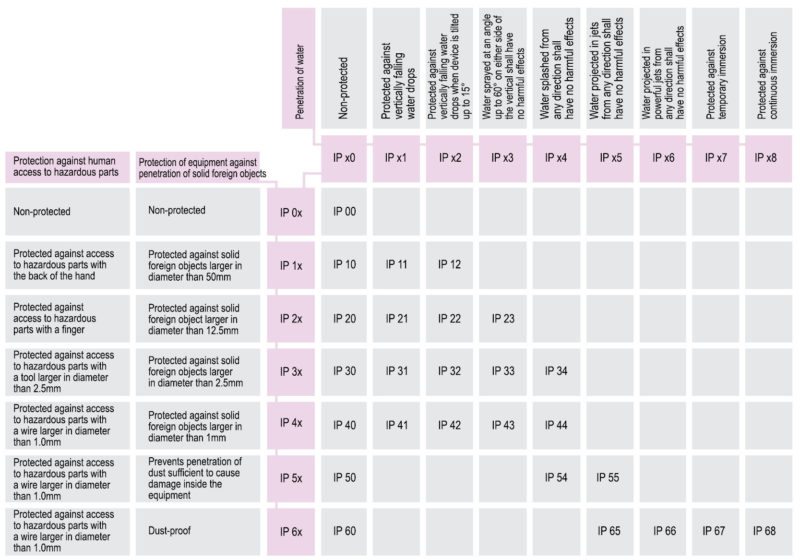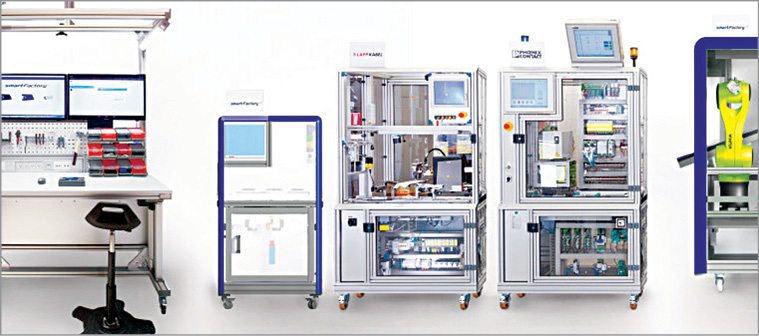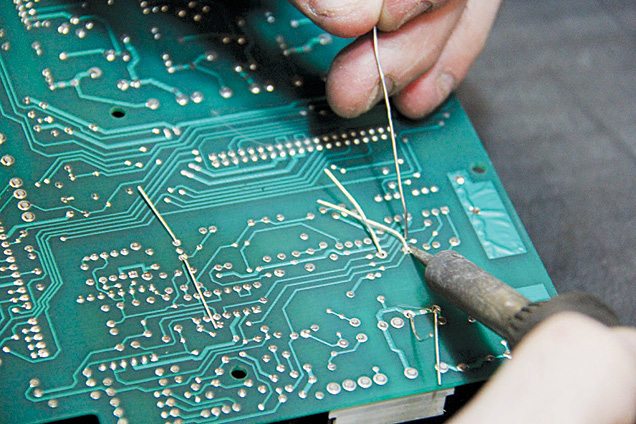What goes into making an Internet of Things (IoT) product? A product development cycle starts with an idea, which, if found to be technically feasible, sees funds raised to start designing the product’s prototype. This prototype is modified till it becomes a market-ready product.
For any new product, there should be a focus on achieving quick time-to-market and small production batch size. Let us take a look at how to go about doing this.
The product design flow
There are a few steps that are helpful to those designing products from scratch. These steps are collectively known as the product design flow. It involves all steps in the design process, from start to finish.
Design specifications.
The very first step in the product design flow is to define the specifications of the product. Thus, appearance of the product is finalised, and components are selected. A costing exercise is also included in this step to make sure that the product does not become too expensive. Achieving a balance between features and cost is very important at this stage.

Product costing process is a very important part of the design specification stage. There are some basic rules to be followed for this process. First, a base price is calculated. It is the sum of bill of materials (at minimum order quantity), assembly cost and amortised development cost.
Selling price is decided based on the company’s sales method. If it is a traditional sales method, with shop space, sales people and print advertisements, then the base price is multiplied by a factor of 2.7 to determine the sales price of the product. This is the minimum sales price of the product, and will result in a margin of about 10 to 12 per cent, after tax is deducted.
e-Commerce companies do not have to rent shop space and generally have fewer sales people, so their expenses are usually less as compared to companies with traditional sales methods. For an e-commerce company, base price of the product can be multiplied by a factor of 2.2 to obtain the sales price.
When it comes to increasing margins, companies can do so by adding more value through their software.

Development stage.
In this stage, the enclosure, hardware and software of the product need to be developed completely. Components that were selected in the previous stage can be used in many different combinations to produce different hardware designs. Hardware design affects the software as well as enclosure design, so optimisation is needed at this stage to get the best possible design combination.
Since the device is an industrial IoT (IIoT) device, it has to be rugged and reliable, and should be able to withstand all disturbances from the surrounding environment. It should have protection against reverse polarity, short-circuit and over-voltage. Electrostatic discharge protection, resettable fuses and signal isolation should also be provided.

The printed circuit board should have connectors mounted properly, and must be designed to minimise electromagnetic interference. Two-layer printed circuit board designs can be used instead of a multi-layer design. The two-layer printed circuit board design is not expensive and is much easier to debug.
For software design of the device, there should be focus on error detection and recovery. Errors should be detected as soon as possible, and recovery time should be minimal. Software should also be able to perform deterministic operations, cyclical operations and time-critical sequences.
Last, enclosure design must be able to withstand shock and vibrations, and should have protection against solid particulate matter and water (International Protection Marking 66). Cables of the device should be properly managed; loose cables should be avoided.

Validation.
This is the final stage in the product design cycle. Design that was finalised in the previous stage is sent to the lab for testing, to ensure that all product specifications are met. Required certification should be obtained for the product, depending on where it is going to be launched.
Productionisation.
The process of turning a prototype into a design that can be easily mass-produced is known as productionisation. A product line is set up at this stage. It has to be efficient, and should allow one to decide the time-to-market, as per requirements. Also, it should be flexible in terms of scalability; one should be able to scale up or scale down the production process easily, depending on demand.
Product quality is of utmost importance, so end-of-line testing should be ensured. This will help get rid of manufacturing defects and prevent defective products from being shipped to the market.
Last, packaging of the product has to be taken care of. This should take care of two requirements. It should be designed in such a way that the equipment inside is protected from damage, and it should look attractive to the customer.
Quick time to market solutions
There are certain ways to reduce development time of a product. Sequencing of operations, which reduces development time, can be done in the following way.
In the design specification stage, planning of requirements and the test plan can be done simultaneously.
In the development stage, hardware design and software design can be done simultaneously. Testing and certification can also be done simultaneously.
Distributed product lines
For companies that are keen on designing their own products, the process is not too difficult. There are many vendors who will provide the necessary printed circuit boards, components and enclosure designs. Some vendors provide electronic manufacturing services, which include assembly of various components. This makes it a distributed product line.
Last, the product is subjected to end-of-line testing and quality checks to prevent defective products from being shipped. Then, products are packaged and are ready to enter the market.
Take one step at a time
The entire design process of a product may seem daunting at first, but with the right approach, the process becomes straightforward. Potential product designers are advised to take one step at a time to ensure the best results for their products in the long run.
Siddharth Unny is founder and director, TL Micro Automation. This article has been curated by Ahalya Mandana, who worked with EFY until recently







It would be nice if there is a way to get this in pdf format to save for later.
Dear Mike, this article was published on our website Electronics For You from April 2017 magazine. You can buy an eZine from Magzter and save it as a PDF.